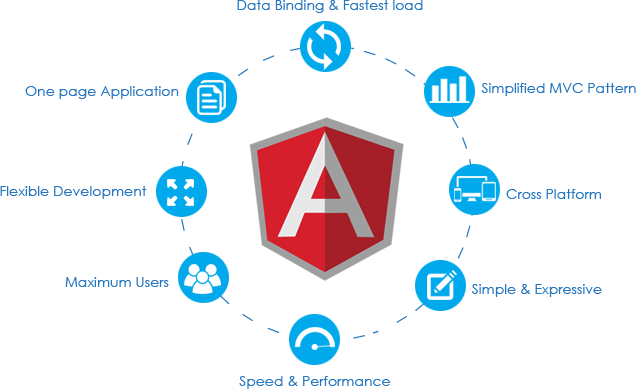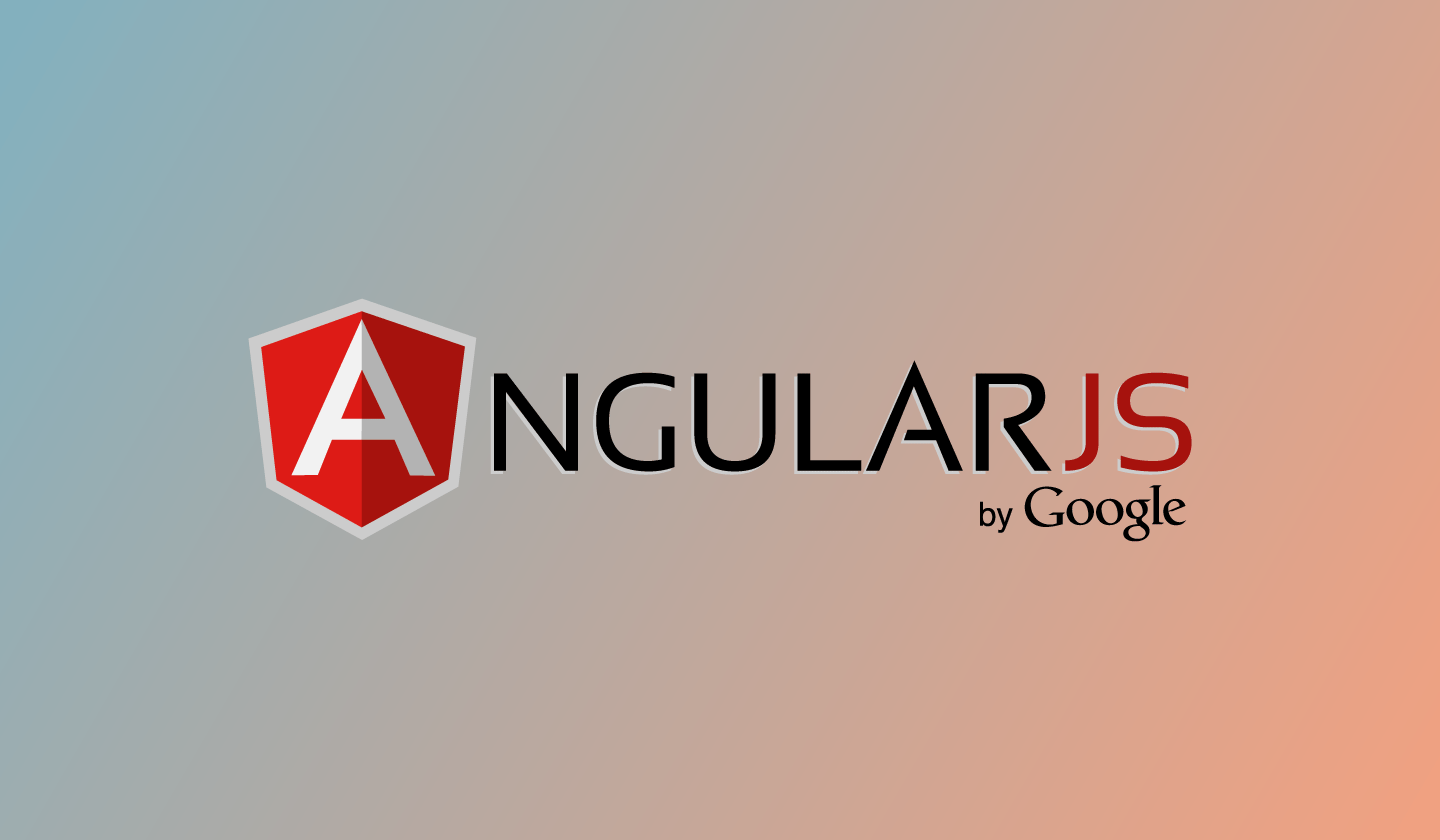Table of Contents
An Intuitive Framework Makes It Easy to Organize Your Code
There’s a pressing need to be able to organize your code in a way
that promotes maintenance, collaboration, readability, and extension. AngularJS is
constructed in such a way that code has an intuitive place to live, with clear paths to
refactor code when it has reached a tipping point. Do you have code that needs to
provide information on how a user interface is supposed to look and behave? There’s
a place for that. Do you have code that needs to contain a portion of your domain
model and be available for the rest of the application to use? There’s a place for that.
Do you need to programmatically perform DOM manipulation? There’s even a safe
place for that as well.

Also Read: Benefits of AngularJS Web Development That You Can’t Afford to Miss
Testable Code Makes It Easier to Sleep at Night
Testable code isn’t going to win any awards for being the most exciting feature of a
framework, but it’s the unsung hero of any mature framework. AngularJS was written from the ground up to be testable, and likely this feature, along with the design decisions that came from this commitment, has played a huge role in the adoption of AngularJS. How do you actually know if your application works? The fact that it hasn’t broken yet is a flimsy answer, as it’s only a matter of time before that black swan shows up at your door.
You can never entirely mitigate against bugs, but you can truly eliminate certain possibilities through rigorous testing. A framework that is conducive to writing testable code is a framework that you’re going to write tests in. And when you write tests, you’ll spend less time looking over your shoulder wondering when everything is going to come crashing down. You’ll be able to go to bed at night and not have to worry about a 2 a.m. call from DevOps that something has gone awry and you need to fix it immediately.

Two-Way Data Binding Saves You Hundreds of Lines of Code
Two-way data binding is the supermodel of the feature set. Hundreds of years ago, when we were writing jQuery applications, you would’ve had to use jQuery to query the DOM to find a specific element, listen for an event, parse the value of the DOM element, and then perform some action on that value. In AngularJS, you simply have to define a JavaScript property and then bind to it in our HTML, and you’re done. There are obviously some variations to this scenario, but it’s not uncommon to hear of jQuery applications being rewritteDATA STRUCTURES THAT ARE JUST JAVASCRIPT MAKE INTEGRATION REALLY EASYn and thousands of lines of JavaScript just disappearing.
By cutting out all of the boilerplate code that was previously required to keep our
HTML and JavaScript in sync, you’re able to accomplish more work in less time with
significantly less effort. This gives you more time to do more of what you love.
Templates That Are Html Means You Already Know How to Write Them
HTML is an inherently limited language that was designed to facilitate layout and
structure, not complex interactions. In other words, it wasn’t created to live in the
world of the modern web application as we know it now. Some frameworks try to overcome this limitation by abstracting out HTML entirely into strings or some preprocessor dialect. The problem is that HTML is actually good as a declarative mechanism and there’s this annoying reality about HTML—pretty much everyone knows it.
If you’re working on a large team, there’s a good chance that you’re going to have
a UI/UX contributor who’ll be responsible for generating your HTML templates. It’s
important to leverage a workflow and skill set that they’re already familiar with, and
AngularJS makes this a breeze. AngularJS embraces HTML while giving developers the ability to overcome its limitations by extending it to do whatever it is we need.
Also Read: Top Angularjs Development Companies in the world 2022
Data Structures That Are Just Javascript Make Integration Really Easy
On the flip side, being able to work with Plain Old JavaScript Objects (POJOs) makes
integrating with other technologies incredibly easy. By consuming and emitting
JavaScript without having to wrap and unwrap it in proprietary framework mechanisms, you’re able to consume data from other sources much more efficiently.
You can render JSON models from the server and instantly consume them in AngularJS when the application bootstraps. You can also take the model that you’re working with and pass it off to another technology—such as an application server—without having to transform it at all.
There are some pretty interesting features of AngularJS that are fairly academic in
nature; we’ve tried to outline a few major points of how AngularJS makes our lives easier in a very practical sense. At the end of the day, having a framework that allows us to write stable code quickly and efficiently so that we have more time and energy to do another meaningful thing is a tool that we want to use!
Thanks for reading our post “Advantages of using AngularJS”, please connect with us for any further inquiries. We are Next Big Technology, a leading web & Mobile Application Development Company. We build high-quality applications to full fill all your business needs.












